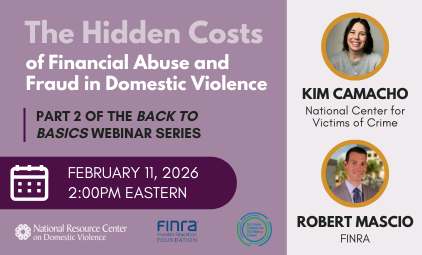Betty Royce, in a symposium presentation in Denver, Colorado, suggested that there is a "hidden epidemic" of sexual assault in rural communities. Though some prevalence data suggests rural communities have less sexual violence than urban communities, some interpretations of the data suggest that there is a serious problem with sexual violence in rural America. Building Bridges -Creating Partnerships: Sexual Violence Prevention in Rural Communities by Gayle M Stringer (2003) is a workbook designed to help rural communities utilize community development strategies to address issues of sexual violence.
Rural community sexual assault programs have long struggled with the reality that sexual assault is often unrecognized, hushed or ignored in the communities they serve. They speak eloquently about the challenges to service they experience; of geographic isolation, limited resources, community attitudes, among other factors. With the Community Development model of prevention, rural programs have the opportunity to engage in the kind of work that builds community, creates partnerships and develops strong allies. Though the challenges are considerable, the rewards are measured in community safety. Ms Stringer also provides a template for utilizing community development to address the issue of sexual violence in rural settings.
Changing public perceptions of sexual assault is not simple and it is not easy. The solutions are complicated and time consuming for everyone. Rural communities, though face very real and specific challenges when doing sexual assault work. The strategies shared in this publication are meant to energize and support current efforts of staff and volunteers working in rural community sexual assault programs.














